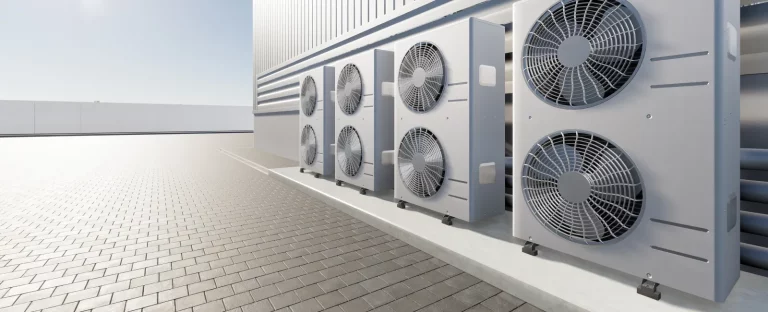Starting your own flooring business can be an exciting adventure, especially if you have the skills and want to spread your wings. Here are a few of the most important things to remember when starting your floor installation business. Business Plan The first thing you need to do is develop a business plan. In simple terms, a business plan describes your goals, vision, your business concept, your target audience, etc. It is also important to make this as detailed and intricate as you can. If you use products from the wide range of builders plastic from Opal, to the cost of individual jobs, they must be included in your business plan. This is also essential if you need a loan, as the bank will require these details. Legal & Compliance Requirements The next thing you need to do is research the legal and compliance requirements you will need to follow. You will need to register your business, but you will also need to acquire all certifications needed to legally and safely install flooring. This is an exceptionally crucial step, as if you do not follow the legal requirements, you may face hefty fines, your business could potentially be shut down, and you could even find yourself in court. Your Target Audience Defining and understanding your target audience is one of the biggest keys to success. You also need to consider your abilities and what you can and can’t do when looking at your audience, as targeting warehouses, for example, is not a good idea if you are a one or two-person team. Your Services You will also need to be clear about the services you offer. For example, are you a wood flooring specialist? Are you a jack of all trades? Or are you someone wanting to offer bespoke, one-of-a-kind floors? When defining your services, you need to pay careful consideration to the cost of them, the time it would take to complete them, the size of the audience who wants your service, etc. Repairs It is also vital to add repairs to your business, as this is also a service you could easily offer, and one you may find is more profitable. Considering you will already have the equipment and skills necessary, repairs should be a default offering on your part. Understand Your Competition Understanding your competition is important when it comes to find your spot in your niche. To begin with, you should remember that even if there are multiple flooring installation companies in your area, that doesn’t mean you won’t be successful. You need to compete with them on services, installation times, prices, the type of flooring you offer, etc. Because of this, when looking at your competition, don’t necessarily think about what you can do differently, but focus on what you can do better. Build Your Team You may find yourself in a position where you will need extra help. For instance, if speed is something you value, you may need a small team of installers. If you are struggling with marketing and reach, you may need a social media manager or something similar. The best way to find out if you need a team or not, is to make a detailed list of what you want to offer and achieve, and then be honest about what you can and can’t do effectively on your own. Operational Considerations Operational considerations can be an incredibly broad topic, but in essence, it involves aspects like stock management, time management, costs, transportation needs, etc. In short, it is all the factors that lead to you doing your job effectively. Marketing Marketing is another vital aspect that can easily decide if your business is successful or not. In this day and age, social media marketing is not only the best way to market, but also the most cost-effective. If you are starting, plenty of resources are available online to help you gain traction through social media marketing, but if you have the funds available, hiring a social media manager, even freelance, could be a significant step to take. Build Your Network Whether you are in the residential or commercial flooring market, building your professional network is a brilliant way to gain new clients and to have constant work. This can range from talking with construction companies, to attending conferences. The goal is to not only get your name out there, but to also potentially become the go-to floorer for specific companies, especially construction companies. Working with real estate agencies is a great route for residential floorers, as they often need experts to fix or redo things around a house, such as the flooring, painting, plumbing, etc. Add Your Special Touch Finally, think about the special touch that sets you aside from the competition and makes you stand out. This can be anything from how you interact with customers, to the materials you use for your flooring. Whatever that extra touch is, be sure to make it well-known and ensure your current and future customers know exactly what it is, and that it should be the reason they choose you.














